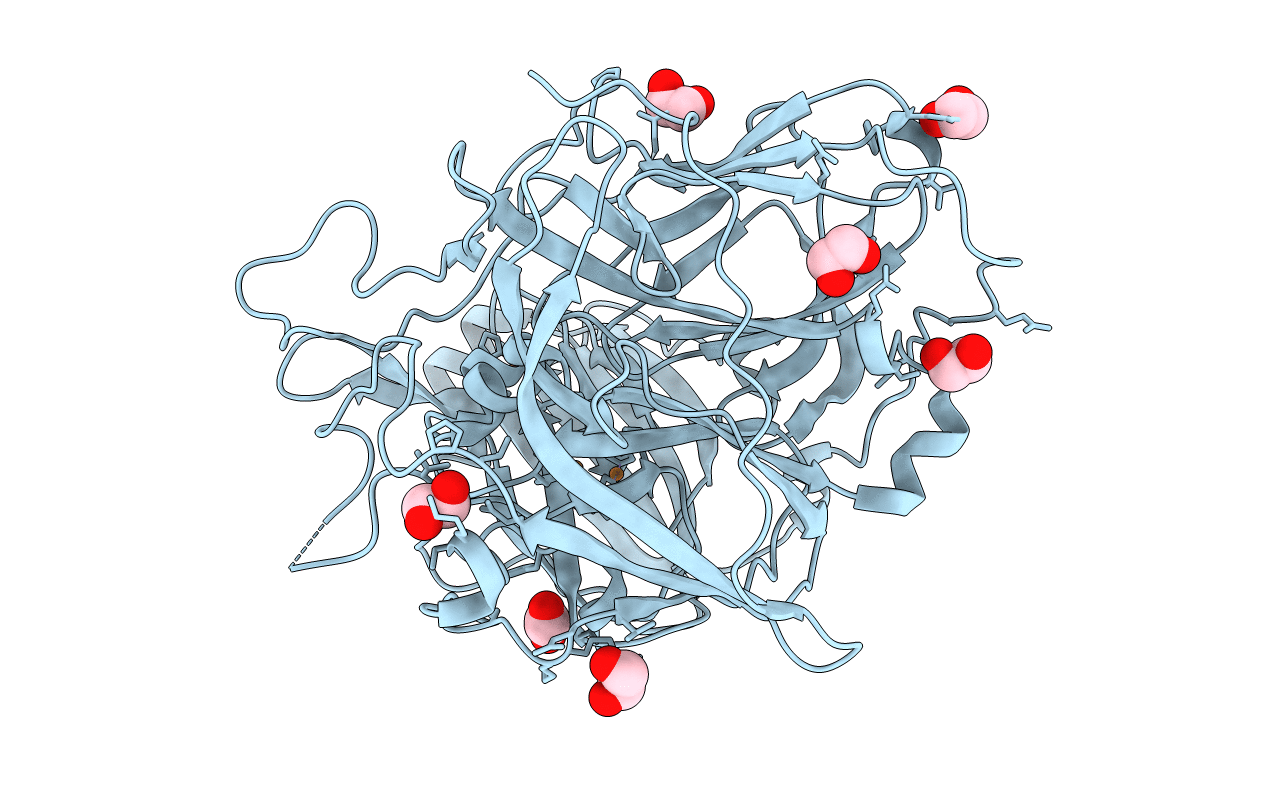
Deposition Date
2010-03-06
Release Date
2010-09-22
Last Version Date
2023-12-20
Method Details:
Experimental Method:
Resolution:
2.00 Å
R-Value Free:
0.19
R-Value Work:
0.17
R-Value Observed:
0.17
Space Group:
P 31 2 1


